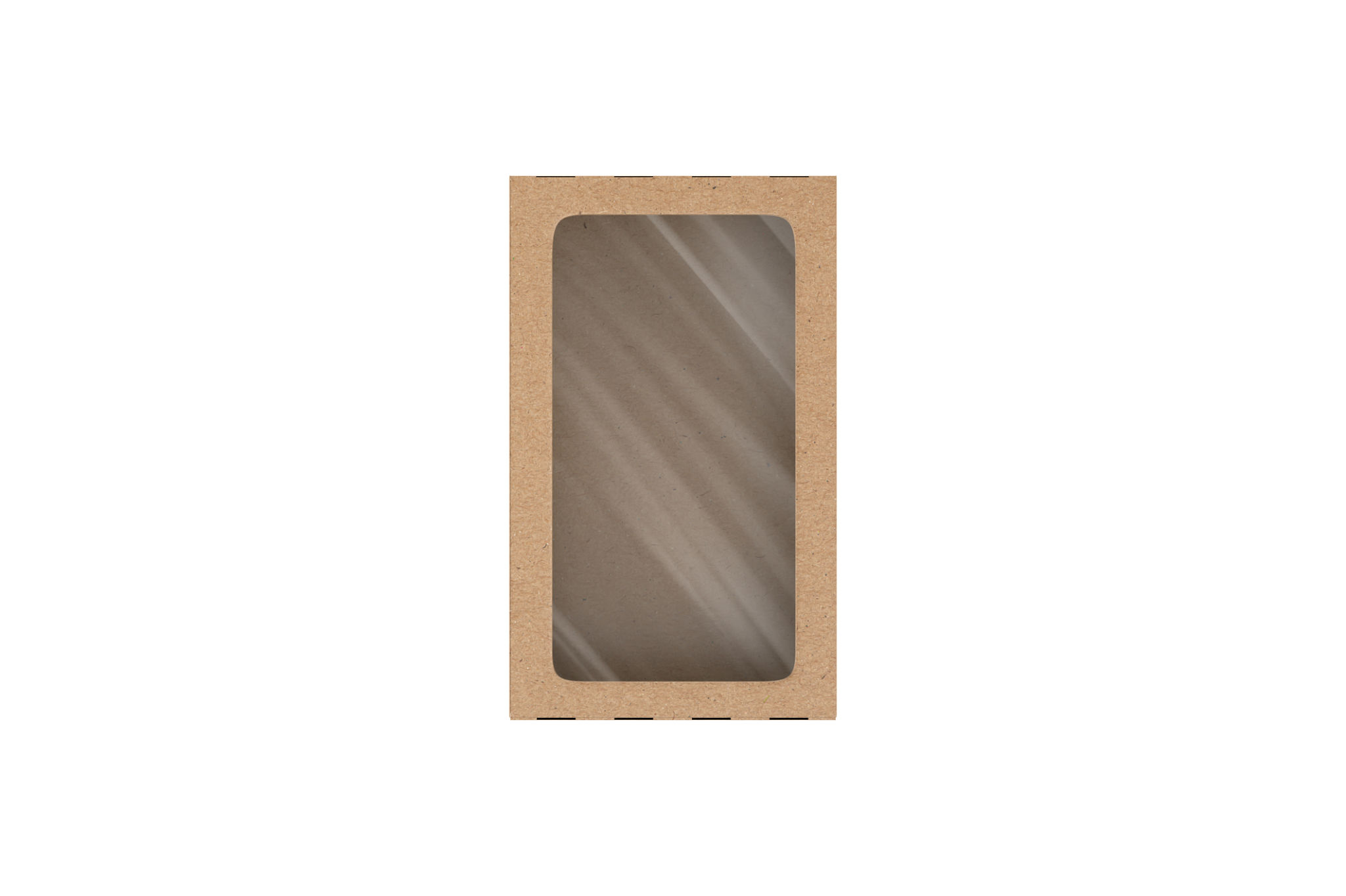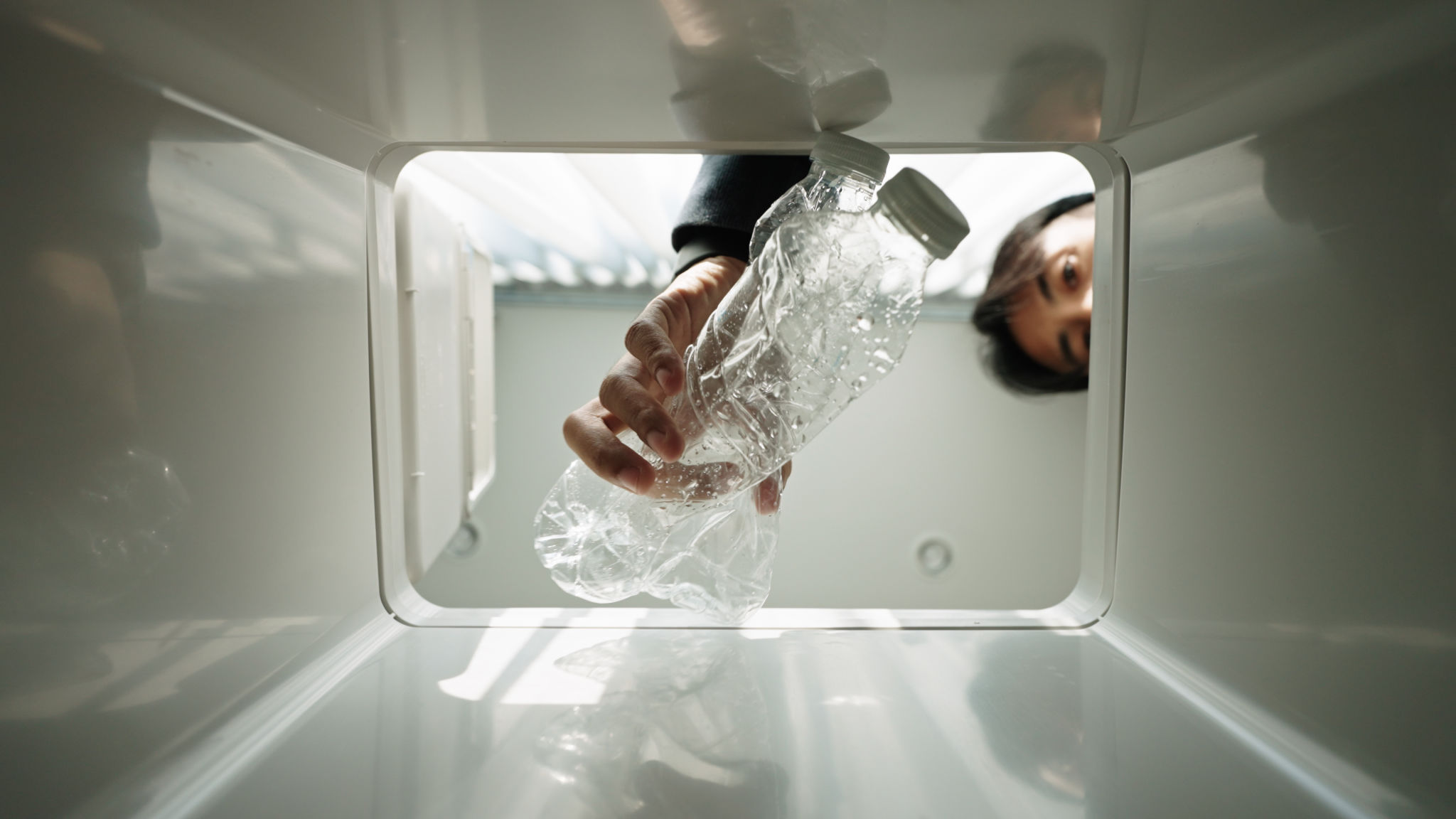Comparing Packaging Options for Books and Stationary: BOPP Plastic vs. Alternatives
Introduction to Packaging Options
When it comes to packaging books and stationery, businesses have a variety of options to consider. Choosing the right packaging material not only affects the presentation but also impacts the sustainability and protection of the product. Among these options, BOPP (Biaxially Oriented Polypropylene) plastic has gained popularity. However, there are several alternatives available that might be more suitable depending on specific needs.

Understanding BOPP Plastic
BOPP plastic is a type of polypropylene film that is stretched in both directions, making it a strong and flexible packaging solution. It's known for its transparency, moisture resistance, and durability. These characteristics make it a preferred choice for packaging books and stationery, as it allows products to be well-protected while still being visible to consumers.
Additionally, BOPP plastic is lightweight, which can reduce shipping costs. However, despite these advantages, there are some environmental concerns associated with its use. BOPP is not biodegradable, which poses challenges for businesses looking to adopt more sustainable practices.
Exploring Eco-Friendly Alternatives
For businesses focused on sustainability, exploring eco-friendly alternatives to BOPP plastic is essential. Some of the most popular options include:
- Paper Packaging: Recyclable and biodegradable, paper packaging is a great alternative for those prioritizing environmental impact.
- Biodegradable Plastics: Made from plant-based materials, these plastics break down more easily than traditional plastics.
- Compostable Films: These materials offer similar properties to BOPP but decompose under specific conditions within a shorter timeframe.

The Pros and Cons of Paper Packaging
Paper packaging is one of the most sustainable options available. It is fully recyclable and can be made from recycled materials. Moreover, it provides a rustic and natural look that appeals to eco-conscious consumers. However, paper packaging may not offer the same level of protection against moisture as BOPP plastic does. It's crucial for businesses to weigh these factors based on their product's specific needs.
Biodegradable Plastics: A Middle Ground
Biodegradable plastics offer a compromise between traditional plastics and eco-friendly materials. They maintain some of the durability and flexibility of BOPP while being designed to break down more efficiently in the environment. Although they tend to be costlier than regular plastics, the reduced environmental impact may justify the investment for some brands.

Innovative Compostable Films
Compostable films are gaining traction as a viable alternative to BOPP plastic. These films can decompose fully under industrial composting conditions, making them an attractive option for brands committed to reducing their carbon footprint. However, it's important for businesses to ensure that consumers have access to proper composting facilities to maximize the benefits of using these films.
Conclusion: Making the Right Choice
Selecting the right packaging material for books and stationery involves balancing protection, appearance, and environmental impact. While BOPP plastic offers excellent transparency and durability, alternatives like paper packaging, biodegradable plastics, and compostable films provide greener solutions that cater to eco-conscious customers. Ultimately, the choice will depend on the brand’s values, budget, and consumer expectations.